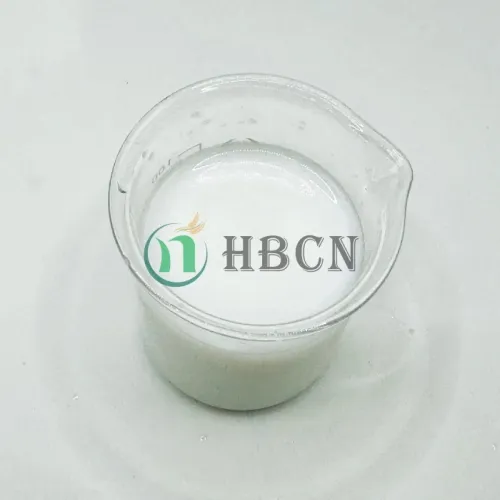
Jul . 27, 2024 05:40 Back to list
Safety Data Sheet for ODM Chlorpyrifos Chemical Handling and Environmental Impact Guidelines
Understanding Chlorpyrifos Safety Data Sheet Overview
Chlorpyrifos is a widely used organophosphate insecticide, known for its effectiveness in controlling a variety of pests in agriculture. However, due to increasing concerns about its impact on human health and the environment, it has come under scrutiny. This article aims to provide an overview of the safety data sheet (SDS) for chlorpyrifos, detailing its composition, potential hazards, safe handling practices, and emergency measures.
Chemical Composition
Chlorpyrifos is known chemically as O,O-diethyl O-(3,5,6-trichloro-2-pyridyl) phosphorothioate. It appears as a pale yellow to amber liquid with a chemical structure that allows it to act effectively as an insecticide. Its mechanisms include disrupting the nervous system of insects, which has made it a popular choice in agricultural applications for various crops.
Health Hazards
One of the primary concerns surrounding chlorpyrifos is its potential health hazards. Exposure can occur through skin contact, inhalation, or ingestion, which may lead to a range of health issues. According to the safety data sheet, acute exposure may result in symptoms such as nausea, vomiting, and respiratory distress. Long-term exposure has been associated with neurodevelopmental issues, especially in children, leading to the debates surrounding its approval for agricultural use.
Some notable health hazards listed on the SDS include
- Toxicity Classified as toxic if inhaled, it can cause irritation to the respiratory system and may lead to more severe consequences with prolonged exposure. - Environmental Impact Chlorpyrifos poses risks to aquatic life and non-target organisms, suggesting that it can contaminate water sources, affecting biodiversity.
odm chlorpyrifos sds

Safe Handling Practices
Given the associated risks, it is crucial that chlorpyrifos is handled with care
. The safety data sheet outlines several best practices that should be followed1. Personal Protective Equipment (PPE) Anyone handling chlorpyrifos should wear appropriate PPE, including gloves, goggles, and protective clothing to minimize contact. 2. Ventilation Work areas should be well-ventilated to avoid inhalation of fumes. It is advisable to use respirators in enclosed spaces or when applying the chemical in larger quantities. 3. Storage Chlorpyrifos should be stored in a cool, dry place away from sunlight and incompatible substances. Containers should be properly labeled to ensure clear identification.
Emergency Measures
In the event of an accidental exposure or spill, it is vital to follow the emergency measures outlined in the SDS
- First Aid For skin contact, remove contaminated clothing and rinse the affected area with soap and water. In case of inhalation, move the affected person to fresh air immediately and seek medical assistance if symptoms persist. - Spill Containment In case of spills, evacuate non-essential personnel and utilize appropriate materials to contain and clean up the spill while wearing PPE. Proper disposal of any contaminated materials should be followed according to local regulations.
Conclusion
While chlorpyrifos is an effective pest control agent, its associated health and environmental risks necessitate a thorough understanding of its safety data sheet. Adhering to the guidelines provided in the SDS is crucial for ensuring safety during handling and application. As regulatory scrutiny continues to grow, users must stay informed about the evolving landscape surrounding chlorpyrifos and consider safer alternatives in pest management practices. Responsible usage and proper safety measures can significantly mitigate the risks associated with this powerful insecticide.
-
Azoxystrobin: Broad-Spectrum Fungicide Solutions
NewsAug.11,2025
-
Best EPA Boscalid: Superior Crop Fungicide for Max Yields
NewsAug.11,2025
-
Best Willowood Imidacloprid: Superior Pest Control Solutions
NewsAug.10,2025
-
Best EPA Boscalid Fungicide: Ultimate Crop Protection
NewsAug.09,2025
-
Cyprodinil Fungicide: Broad-Spectrum Crop Protection
NewsAug.08,2025
-
Tembotrione Herbicide: Advanced 8% OD for Broad Spectrum
NewsAug.07,2025
